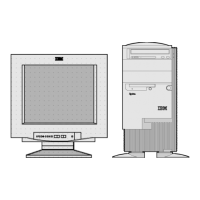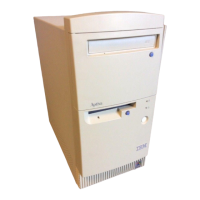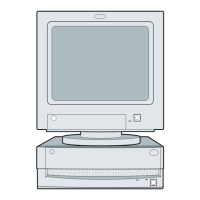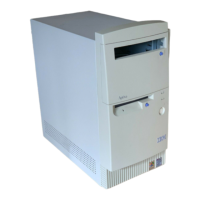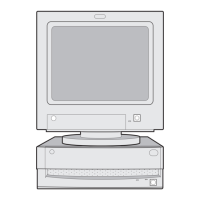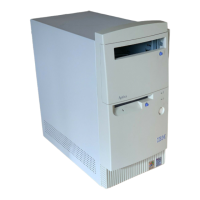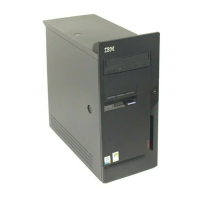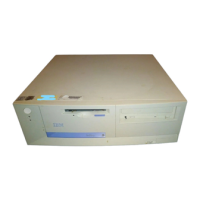B-1
Modem information
Modem features
Using a telephone network, a modem allows your computer
to communicate with other computers, fax machines, or
telephones. For information about connecting your modem
to a telephone network, see “Connecting your modem to the
telephone network” on page 3-9.
Some IBM Aptiva PCs have a modem already installed. If
your computer came with a modem, all you have to do is
connect the modem to a telephone line. (You may also
connect a telephone to the modem if it has two RJ11C
jacks). The system firmware is already configured to load
the modem drivers and software once you have made the
connections.
If your computer does not have a modem but you intend to
install one, see the documentation that came with the
modem for installation instructions and reference
information.
If present, the modem that came with your computer is a
K56flex bps modem. It serves as a communications
peripheral capable of high-speed data transfer, fax, and in
some models, speakerphone, and Digital Simultaneous
Voice and Data (DSVD). Your modem is compatible with the
following standards:
K56flex (up to 56K bps down stream only)
V.70 (DSVD system)
V.34 (33600 bps)
V.32bis (14400 bps)
V.32 (9600 bps)
V.22bis (2400 bps)
V.22 (1200 bps)
Bell 212A (1200 bps)
V.23 (1200/75 bps)
V.21 (300 bps)
Bell 103 (300 bps)
V.17 (14400 bps FAX)
V.29 (9600 bps FAX)
V.27ter (4800 bps FAX)
V.21 channel-2 (300 bps FAX)
TIA/EIA 578 Class 1 fax command set
IS-101 voice command set
V.42bis (data compression)
Caution:
Before you plug your modem into a
telecommunications system outside the country in
which it was purchased, make sure your modem is
designed to work with that telecommunications
system. Otherwise, you could damage your computer.
Read the guidelines in “Safety information” on page xi
before you plug your modem into any
telecommunications system.
v65xahb.book : app-b.fm Page 1 Friday, January 16, 1998 4:27 PM
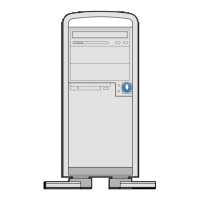
